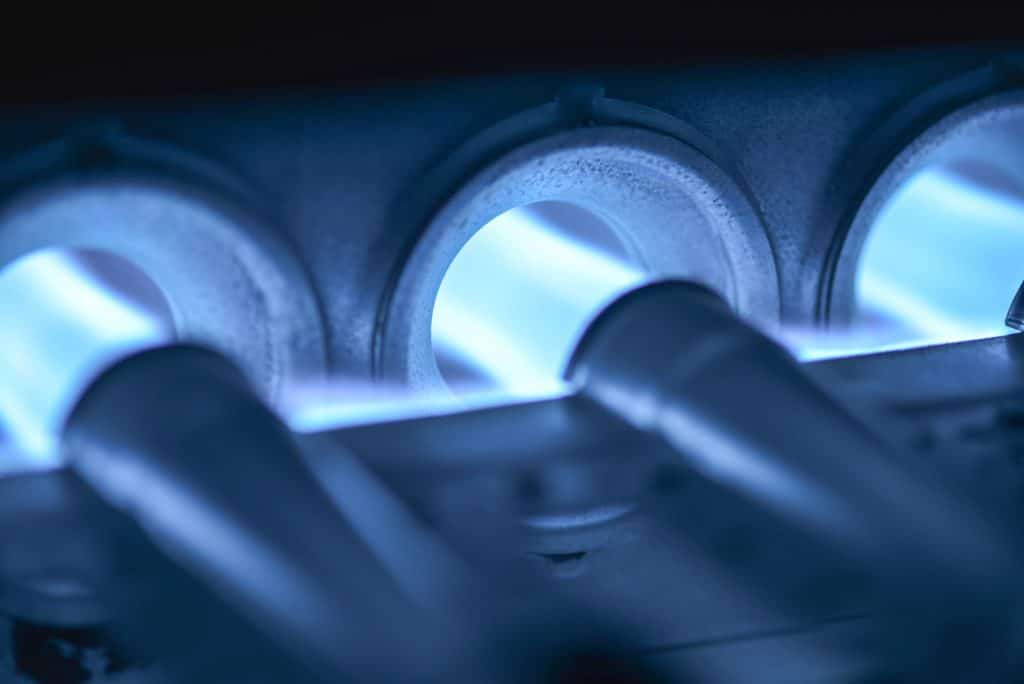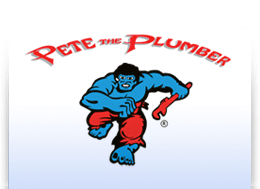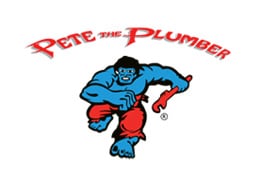
When winter’s chill sets in, a reliable heating system is essential. If your furnace is nearing the end of its life, replacing it can dramatically improve your home’s comfort and energy efficiency. But with so many options available, where do you start?
Replacing a furnace is not just about picking a new model, it is about choosing the right system that meets your home’s needs and long-term efficiency goals. A carefully selected furnace can lead to substantial cost savings, making this decision even more important.
Navigating this process requires thoughtful consideration and expert guidance, and Pete the Plumber is here to help. This comprehensive guide will provide the insights you need to make informed choices, from selecting and installing a new furnace to keeping it in optimal condition, ensuring your home stays warm and cozy all season long.
When Should You Replace Your Furnace?
Recognizing when to replace your furnace is crucial for maintaining a comfortable home environment. Several indicators signal the need for a new unit.
- Frequent Breakdowns: If your furnace often fails, it may indicate irreparable wear, necessitating replacement.
- Uneven Heating: Inconsistent temperatures throughout your home suggest that your system struggles to distribute heat efficiently.
- Rising Energy Bills: Escalating energy costs, despite regular maintenance, can contribute to decreased efficiency and the need for a new model.
- Excessive Noise: Unusual sounds during operation often mean major components are failing, which requires timely examination.
- Age Over 15 Years: If your furnace is over 15 years old, replacement might be more cost-effective than frequent repairs.
Considering these signs assists in timing your furnace replacement correctly to avoid emergency situations. Ensuring that your home stays warm and energy-efficient depends on proactive furnace management.
What if you do not replace your furnace in a timely manner?
Failure to replace your furnace promptly can have significant negative impacts on your home environment and finances.
Regular maintenance can lead to cost savings in the long run. Emergency HVAC services tend to be more expensive compared to planned replacements. Unexpected breakdowns, such as those during winter, can leave your home without heat, creating uncomfortable living conditions.
Higher energy bills are expected if an ageing furnace remains in use. Older furnaces generally operate less efficiently, consuming more energy and leading to increased utility costs. The sooner you plan a replacement, the sooner you can benefit from lower energy bills.
Control over the decision-making process diminishes when replacement is delayed. Lack of planning often results in rushed decisions without adequate research into optimal replacement options. Timely replacements allow you to explore different models and technologies that suit your needs, giving you the opportunity to save for the best unit.
Frequent repairs become the norm as furnaces age. Consistent malfunctions lead to additional expenses, reducing the financial feasibility of keeping an older system. Newer furnaces, being more reliable, can offset costs with reduced maintenance needs over time.
Maintaining proactive measures in planning furnace replacements ensures comfortable, cost-effective, and energy-efficient home environments.
Furnaces We Install & How Long They Last
Selecting the right type of furnace is crucial when replacing your home’s heating system. Each type offers distinct characteristics in terms of efficiency, cost, and lifespan.
Natural Gas Furnaces are among the most common and efficient options. They operate with an Annual Fuel Utilization Efficiency (AFUE) rating of 80-98%. Higher-end models can reach up to 98% AFUE, making them ideal for energy-conscious homeowners. Natural gas furnaces typically last around 15 to 20 years with proper maintenance. Remember that factors like frequent usage and lack of regular service can reduce their lifespan.
Different types of furnaces cater to different needs and environmental conditions. Prioritize features that match your home’s requirements to ensure optimal performance and durability over time. Please note that we do not install or service oil, electric, & propane furnaces.
How to Prepare for Your Furnace Installation
Proper preparation is essential for a seamless furnace installation. Start by clearing the designated installation area. Remove obstacles, such as furniture and boxes, to provide technicians with easy access. Ensure proper ventilation in the space to prevent heat buildup and promote effective air circulation.
Once your installation appointment is scheduled, know what to expect to streamline the process. Professional HVAC technicians arrive with all necessary tools and equipment. If replacing an old furnace, they first disconnect it from ducts and systems before attaching the new one. Professional installation guarantees safety and efficiency, so follow these steps to minimize disruption and optimize results:
- Assess space requirements: Confirm ample space exists for the new system. This involves checking clearance from walls, ensuring a flat surface, and verifying access for maintenance.
- Secure utility connections: Confirm readily available connections for electrical and, if applicable, gas lines. Ensure these comply with local safety regulations.
- Inform household members: Notify everyone about installation timing. This helps minimize household activity in the area during the procedure.
By taking these preparatory steps, you maximize the efficiency and safety of your furnace installation. This ensures an optimal heating system performance tailored to your home’s requirements.
How Long Does Installing a New Furnace Take?
Installing a new furnace usually requires between 4 to 10 hours. This duration varies based on factors like your home’s layout, the complexity of the system, and whether ductwork modifications are necessary. Generally, the steps involved in the installation process determine the timeline:
- Site Preparation: Start by preparing the installation area to ensure minimal disruption and protection of your home. Plastic sheeting and floor coverings might be used for this purpose.
- Old Furnace Removal: If an existing unit is present, technicians will disconnect and remove it. This task is often the most time-consuming, especially if dismantling involves extensive cleaning or repairing changes to ductwork.
- New Furnace Installation: Following the removal, the new furnace is positioned and all necessary connections, gas lines, electric wiring, and ducting are made. This step includes ensuring secure fittings and sealings.
- System Testing: Once installed, running initial tests on the system checks its functionality. Professionals inspect for potential issues, confirming operational efficiency and safety.
- Safety Checks: Comprehensive safety evaluations guard against risks like gas leaks or carbon monoxide emissions, ensuring everything adheres to safety standards.
- End of Installation: Concluding installation involves tidying up and clearing the site of debris, including old equipment and packaging materials.
Efficient management of these tasks by experienced professionals leads to timely installation, providing you with a dependable heating system when complete.
How to Maintain Your New Furnace
Proper maintenance is critical to ensure your furnace operates efficiently and extends its lifespan. Follow these steps to maintain your new furnace effectively:
- Regular Filter Replacement
Change the air filter every month. A clean filter promotes efficient airflow and reduces strain on the furnace. Check the filter condition regularly and replace it if you notice dust accumulation. - Vent Cleaning
Regularly clean the supply and return vents in your home. Clear vents ensure efficient heating and prevent dust build-up, which can impact air quality and system performance. - Annual Professional Inspection
Schedule a yearly maintenance check with qualified HVAC professionals. Technicians perform essential tasks like cleaning the blower fan and burners, inspecting the flue, and checking safety features. This practice ensures the furnace operates safely and efficiently. - Monitor Thermostat Settings
Use a programmable thermostat to adjust settings according to your home’s occupancy. Efficient programming optimizes energy use and maintains a comfortable environment. - Air Duct Inspection
Inspect your air ducts for leaks or blockages. These issues can hinder performance and increase energy costs. Address duct cleaning or sealing if necessary to enhance system efficiency. - System Performance Observation
Stay alert for unusual noises, smells, or performance issues. Promptly addressing these signs can prevent minor issues from escalating into costly repairs.
By maintaining your furnace diligently, you can enhance its efficiency and enjoy a comfortable home environment throughout its operational lifespan.
Routine Professional Furnace Services After Installation
Looking for a new furnace?
For dependable furnace maintenance and expert installations in and around the Calgary area, trust Pete the Plumber. Call (403) 257-1766 to schedule your service and keep your heating system running smoothly for years to come.
After installing your new furnace, scheduling routine professional services is essential for maintaining peak performance and extending its lifespan. Regular check-ups by certified technicians can catch potential issues early, ensuring your system operates efficiently and reliably. This proactive approach protects your investment and enhances your home’s comfort and energy efficiency.
You should get your furnace serviced at least once a year by a qualified technician. Annual maintenance typically includes thorough inspections, cleaning, and fine-tuning of essential components, helping prevent unexpected breakdowns and ensuring consistent warmth throughout your home. Keeping your furnace in good condition and catching issues early can provide you with peace of mind all winter.

